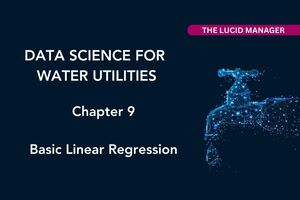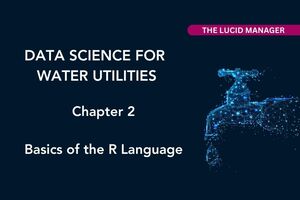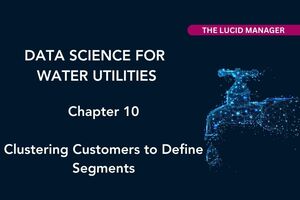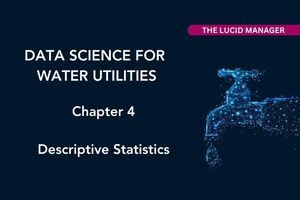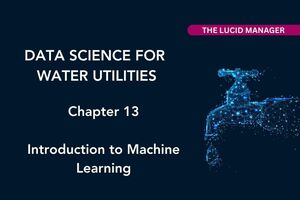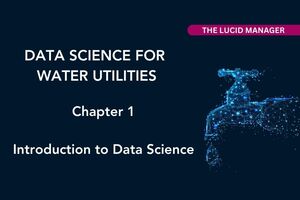Data Science for Water Utilities: Book Resources
Welcome to the website for "Data Science for Water Utilities". Here, you'll find summaries of each chapter and additional information. Each page on this website includes a screencast to demonstrate the code presented in the book.
Data Science for Water Utilities is an applied, practical guide that shows water professionals how to use data science to solve urban water management problems.
This guide features four case studies that progressively increase in complexity. The first case study analyses water quality to protect public health, while the second explores customer feedback. The third case study delves into the use of smart meter data. Finally, the guide analyses concrete curing data utilising machine learning techniques. Each case study builds upon fundamental principles and includes practical examples of code.
Readers will be familiar with analysing data but do not need coding experience to follow this course.
The data and code used in this book are available on GitHub:
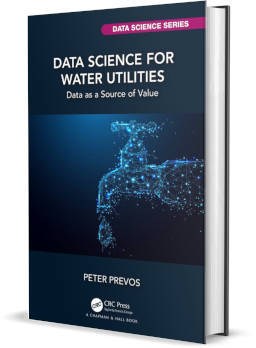
Data Science for Water Utilities
Data Science for Water Utilities published by CRC Press is an applied, practical guide that shows water professionals how to use data science to solve urban water management problems using the R language for statistical computing.

